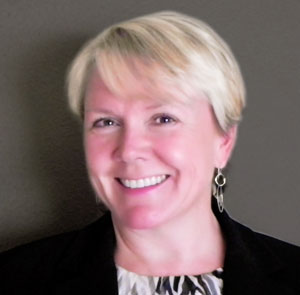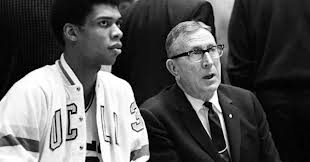This week, students in my Working with Emotional Intelligence class were asked to stretch their self-awareness even further by noticing annoying behaviors in others—and then looking for the same behavior in themselves. Are you curious to see what it brings up for you?
Assignment: You may notice certain people or situations impact you more intensely than others. For example, a particular person’s behavior may be irritating to you while it does not impact others. Or you may find yourself in awe of a specific trait or behavior others don’t even notice. Why do you react to certain people and situations and not others?
Carl Jung first introduced this concept, known as the Shadow. The Shadow is understood to be parts of ourselves that are unacknowledged or disassociated with our conscious mind. We are either not consciously aware of them or we submerge or deny them. According to Jungian theory, we project these unclaimed aspects of ourselves on others. As we project a certain undesirable behavior on another, we react to that person or situation with much more intensity and “charge” than when we respond to events that are not projections. According to Jung, the human being deals with the reality of the shadow in four ways: denial, projection, integration and/or transmutation.
This understanding gives us a golden opportunity to explore those shadows. As we become more aware of our emotions and the corresponding reactions, we have a chance for more inner reflection by shining the mirror on ourselves.
For example, if I become angry with a colleague who is not accountable for her mistakes yet claims the credit for accomplishments regardless of whom was involved, I can shine the mirror back on me and ask, “Where am I not being accountable for my actions, and are there times I take all the credit when rightfully it needs to be shared?” I understand it is important to talk to my colleague about my experience with her actions; however, I will be more grounded and not as charged with irritation and anger after I reflect on when and how I have done the same thing. This also promotes more compassion. My dialogue and interaction with this person will be more positive and most likely heard with openness instead of defensiveness and will have an influence on future behavior.
When we find ourselves reacting to certain people or situations, we can shine the mirror back on ourselves. During this week, take the time to learn about your reactions and ask, “What is in the mirror? What would cause a person to act in this manner that is irritating or upsetting? What characteristics, traits or belief systems does that person reflect in this behavior?” Then look for where it is in you. You have an opportunity to find those disowned parts of yourself, either positive or negative.






 What if you reframed these resolutions and created intentions? It’s a well-proven fact that you get more of what you focus on, so why not focus on what you want instead of what you don’t want? Oh, and don’t try to do everything at once. Give yourself the opportunity to focus on one change at a time. Small wins add up.
What if you reframed these resolutions and created intentions? It’s a well-proven fact that you get more of what you focus on, so why not focus on what you want instead of what you don’t want? Oh, and don’t try to do everything at once. Give yourself the opportunity to focus on one change at a time. Small wins add up.





 We all know it’s lonely at the top. Who can a leader confide in? Talk frankly with? Trust? My answer: a coach. An executive coach can meet you at the crossroads between mediocrity and greatness, emptiness and fulfillment. A coach can hold a mirror to illuminate your strengths and deepen your self-awareness. A coach can help you find meaning and happiness along your path toward personal fulfillment and—by holding you accountable—help you stick to that path.
We all know it’s lonely at the top. Who can a leader confide in? Talk frankly with? Trust? My answer: a coach. An executive coach can meet you at the crossroads between mediocrity and greatness, emptiness and fulfillment. A coach can hold a mirror to illuminate your strengths and deepen your self-awareness. A coach can help you find meaning and happiness along your path toward personal fulfillment and—by holding you accountable—help you stick to that path.


